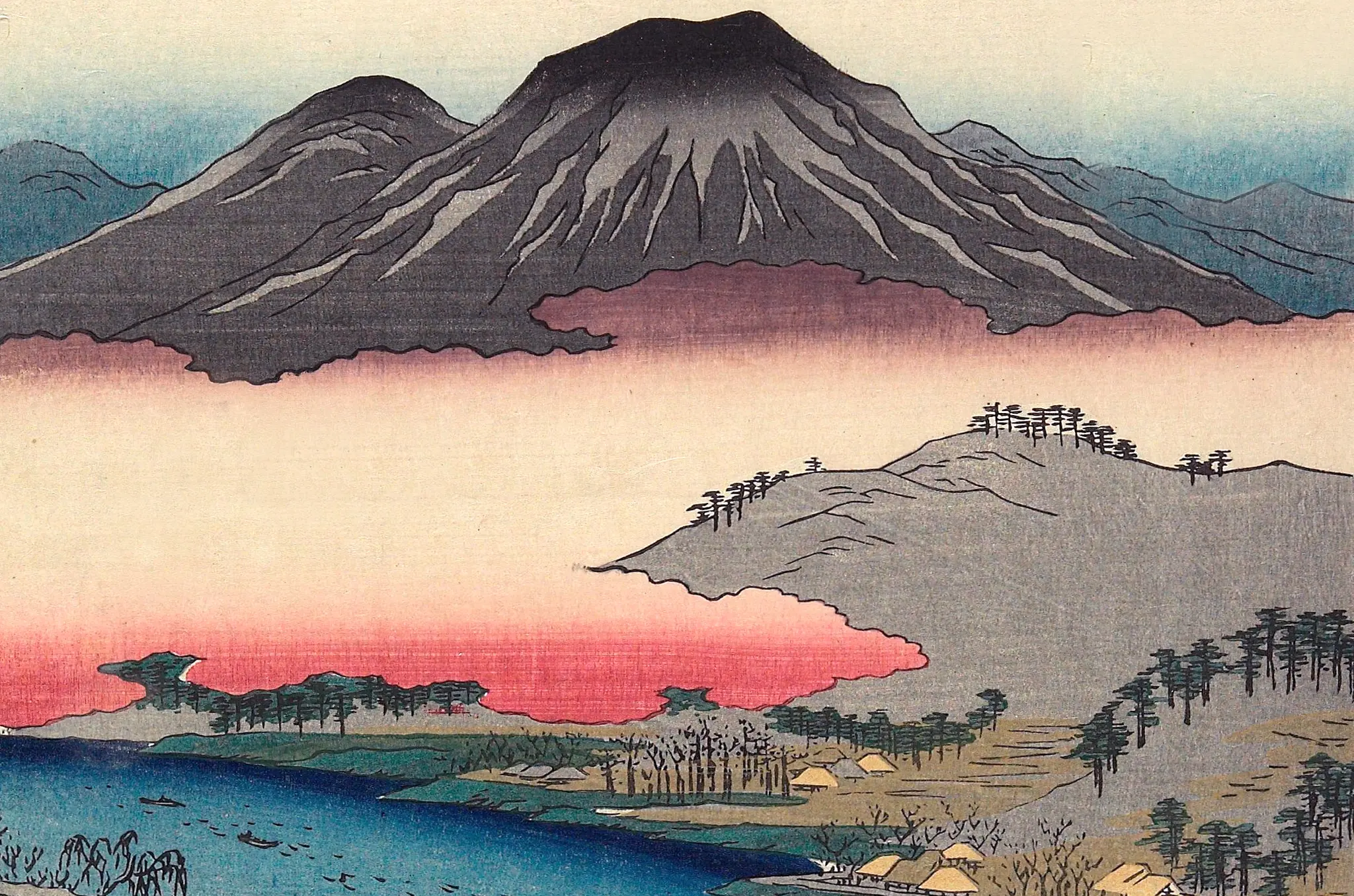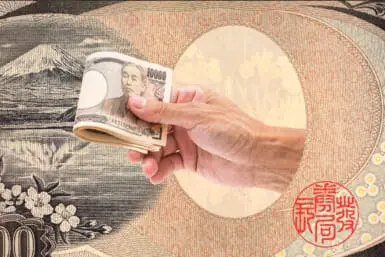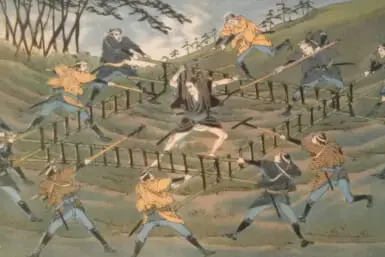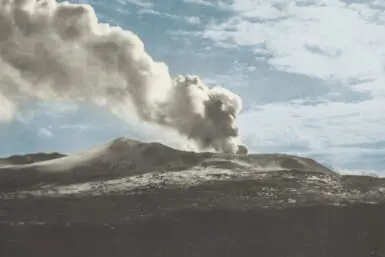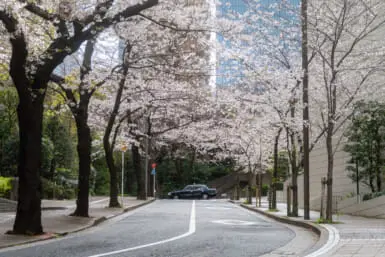Naruto did not invent the idea of hidden villages where ninjas live and train. Those have been around pop culture for decades. But the manga and anime definitely popularized the idea for a new generation. It might seem like a pretty straightforward concept. Where else are you going to put secretive warriors practicing secret techniques other than a secret location hidden away from the rest of the world? But the history of hidden ninja villages is much more complex than that, and if you really want to understand it, you could start with a trip to the Sasuke Inari Shrine in Kamakura.
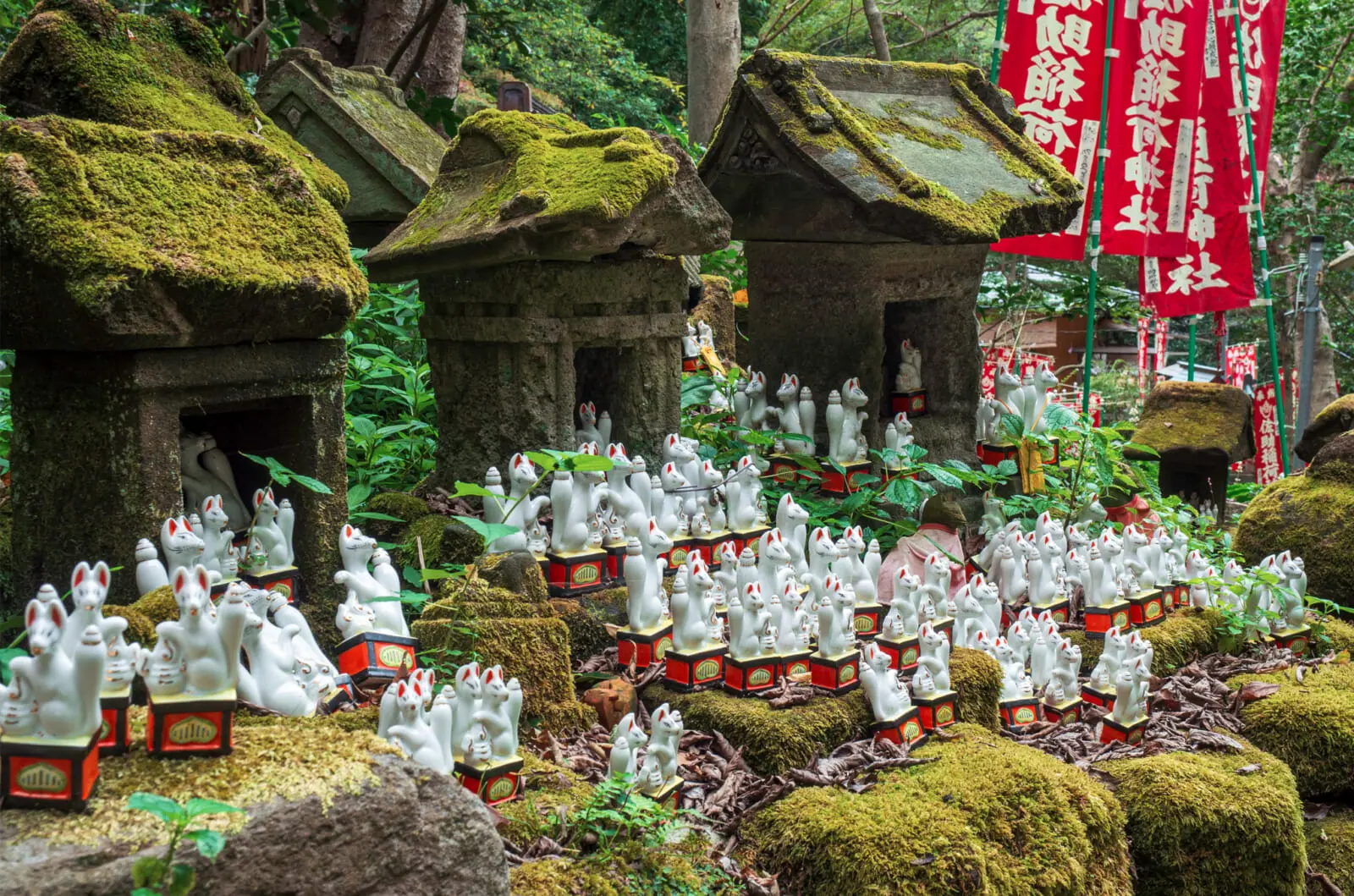
Sasuke Inari Shrine, Kamakura
Kamakura: The Birthplace of the Ninja?
The Sasuke Inari Shrine is a secluded spot located up one of Kamakura’s many hills. Shaded by a thick canopy of trees a way away from the city’s busy center—past a quiet residential area—it retains the feel of a secret hideout to this day. Nearly 900 years ago, it must have felt like a different, magical world altogether. So, when Minamoto no Yoritomo (1147 – 1199) claimed that the deity Inari appeared to him in a dream as an old man (in other versions, it was a white fox) from a hidden village located in this part of Kamakura and told him to vanquish his enemies, the general reaction was: “Yeah, that makes sense.” And so he did, eradicating the Taira clan during the Gempei War and becoming the first military ruler of Japan.
To commemorate his victory, Yoritomo had the shrine built near the spot of the hidden village from his dream. Today, it’s known for the 49 red torii gates lining its approach as well as its many figures of white foxes and beautiful green moss covering the shrine grounds. One historian suggested that the village dreamt by Yoritomo was real and housed people who would go on to eventually become ninjas, but that does not line up with any known historical facts. Yet there is a fascinating kernel of truth to it that is worth exploring further.
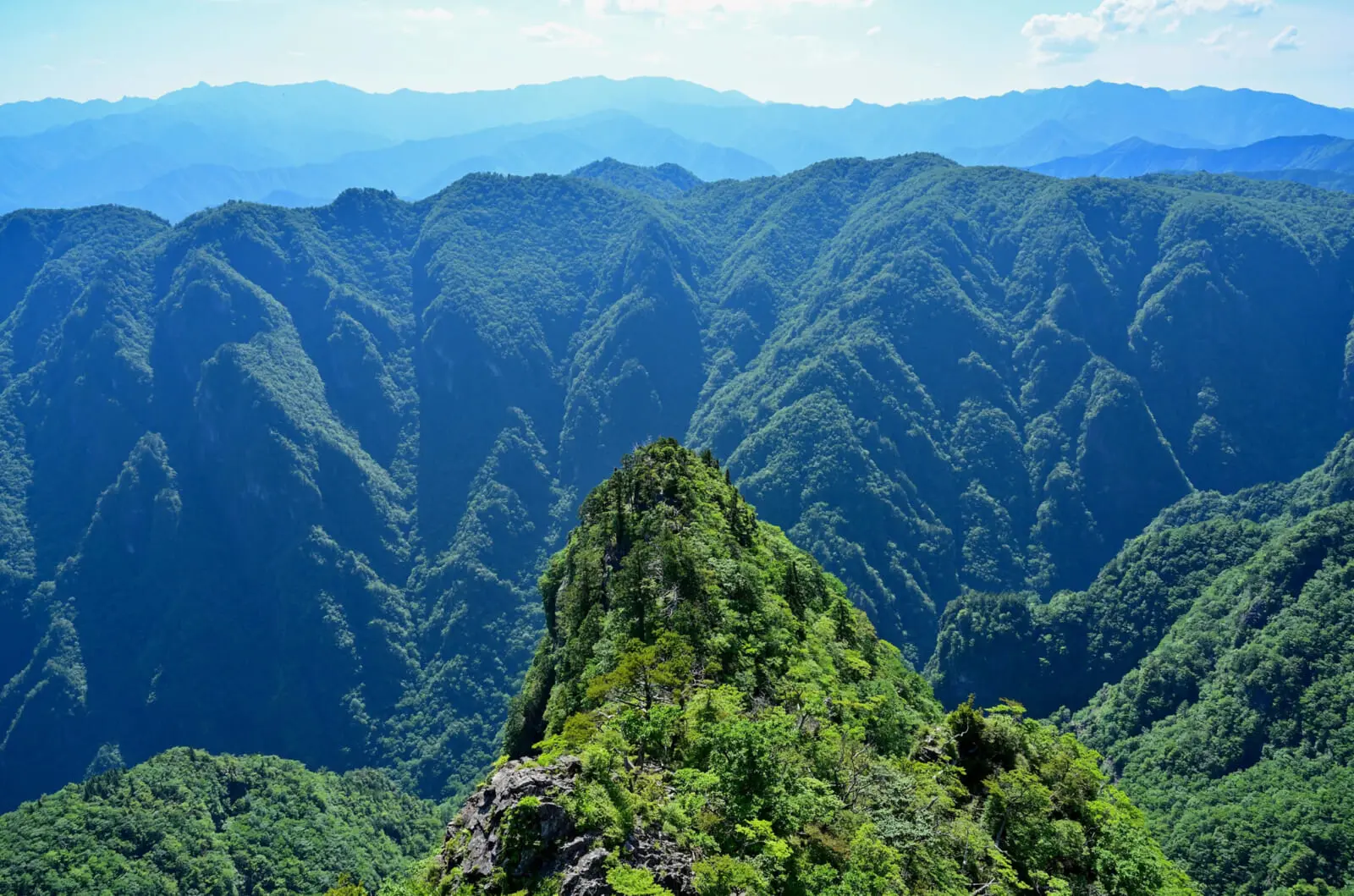
Mount Odaigahaira, Mie prefecture
Where Noble Exiles Dwell
Actual ninjas originated in remote, hard-to-reach mountain areas in modern-day Mie and Shiga prefectures, which definitely helped create the image of “hidden ninja villages” in Japanese culture. But the fundamental myth of secretive communities with mysterious traditions and warrior ancestry is much older than that and actually goes back to Minamoto no Yoritomo. After his defeat of the Taira, only two male members of the clan survived. But everyone loves an underdog story, and soon people started hearing rumors that many more of the Taira, also known as the Heike, survived the slaughter and were living in secret all over Japan.
Japanologist Carmen Blacker found over 100 examples of tales of these so-called Heike-dani (“Heike valleys”), which were isolated mountain or island communities supposedly founded by wandering nobles. They all apparently spoke a courtly version of Japanese, practiced many of the same rituals as the nobles of Kyoto, forbade contact with the outside world, and had a taboo against red and white colors, the symbols of the Minamoto during the final battle of the Gempei War. Blacker doesn’t give these accounts any historic credence, explaining them as a folkloric way for people in rural areas to give themselves more exalted heritages. Over time, the mysterious stories of Heike-dani got absorbed by increasingly outlandish tales of the ninja until Kamakura started being pushed as the birthplace of Japan’s spy-assassins. We can go back even further, though, to get to the root of the “hidden village” myths.
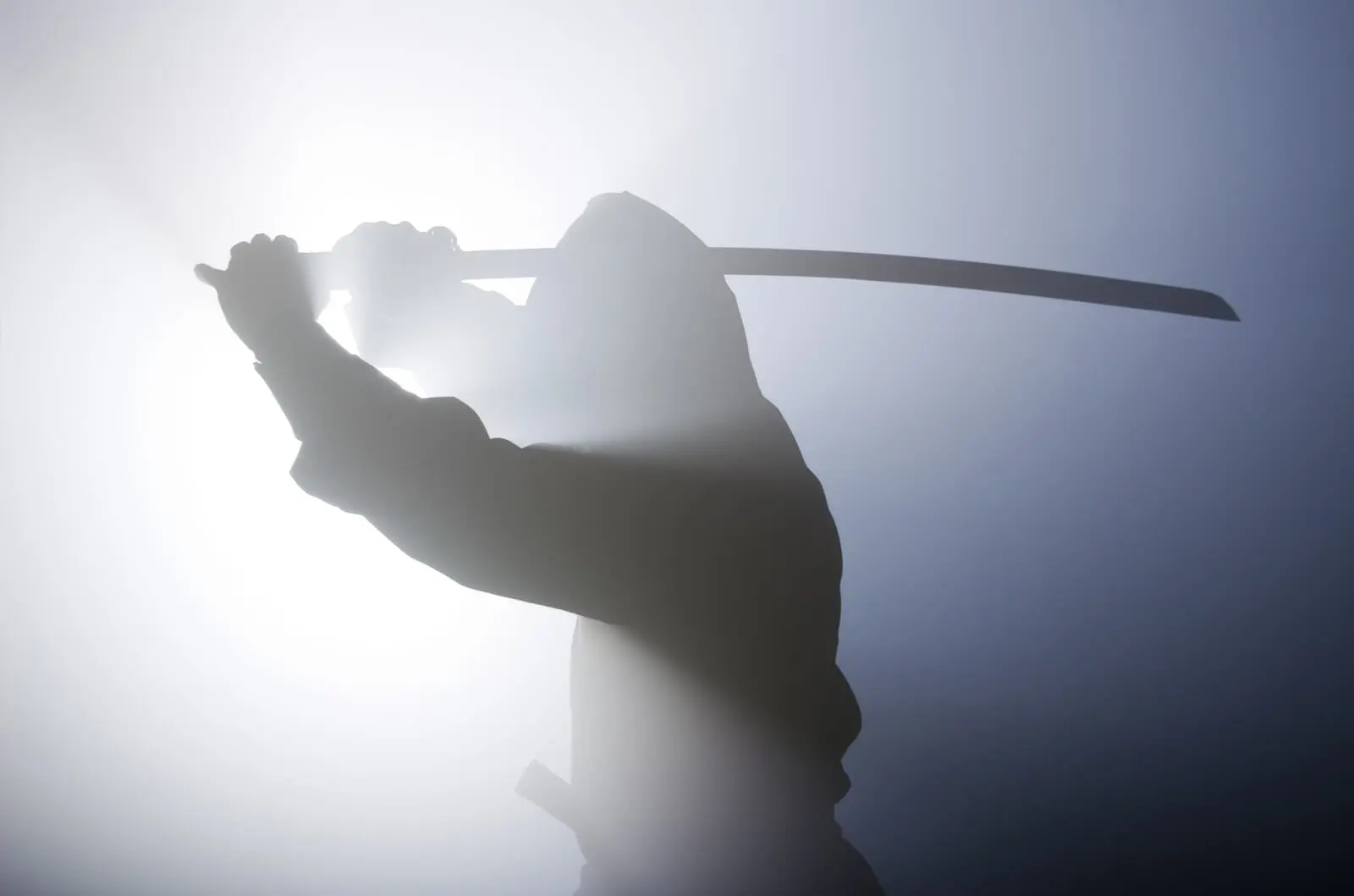
Hidden Villages Were Built on Pure Lands
Tales of the Heike-dani are part of the kakurezato (“hidden village”) family of myths that predate the Gempei War by many centuries and originate in Pure Land Buddhism. The school’s ultimate goal is rebirth in a blissful, enlightened realm where suffering doesn’t exist: the pure land. It’s possible that the tales of Yoritomo’s dream/vision were influenced by these teachings. Because Pure Land Buddhism wanted to reach regular people like peasants, who’d have struggled with the concept of different planes of existence etc., the monks tried to explain the pure land as a physical, hidden-away location.
Possibly dating as far back as the Nara period (710 – 794), these original hidden villages were otherworldly utopias full of luxurious houses for all, where food was always plentiful and the weather always perfect. But the exact details of these pure lands weren’t important. In fact, the monks’ ability to tailor them to new audiences is what helped their school of thought to spread throughout the country. But with it, the Buddhist priests also planted an idea in people’s minds that there were hidden worlds all around them. With time, their imaginations populated them with surviving Heike nobles and eventually ninja warriors.
So while Sasuke Inari Shrine does not point to the secret birthplace of the ninjas, it is—in a weird little way—part of their history, not to mention a beautiful, too-often-overlooked locale that more people should visit. Why not drop by and see it during your next visit to Kamakura?

